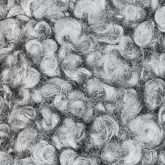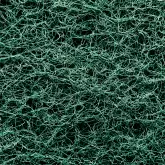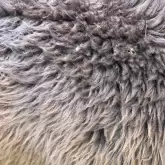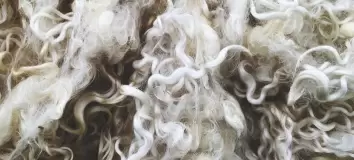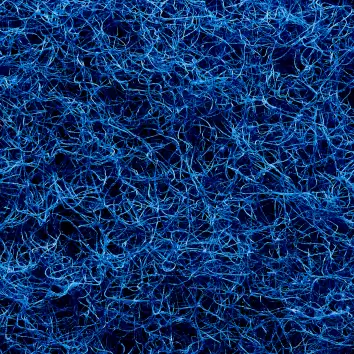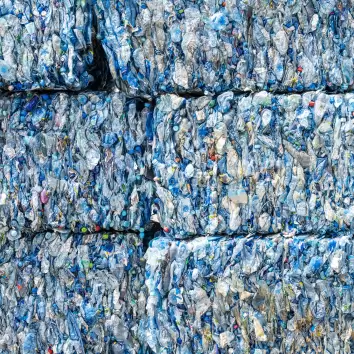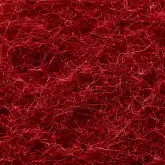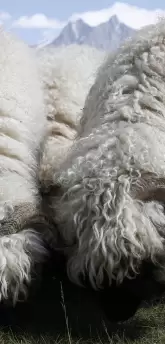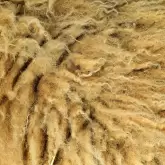The production of felt from merino wool
Merino wool, known for its fineness and quality, is mainly obtained from sheep in Australia, South Africa and New Zealand. The sheep are usually shorn once a year and their wool is carefully collected.
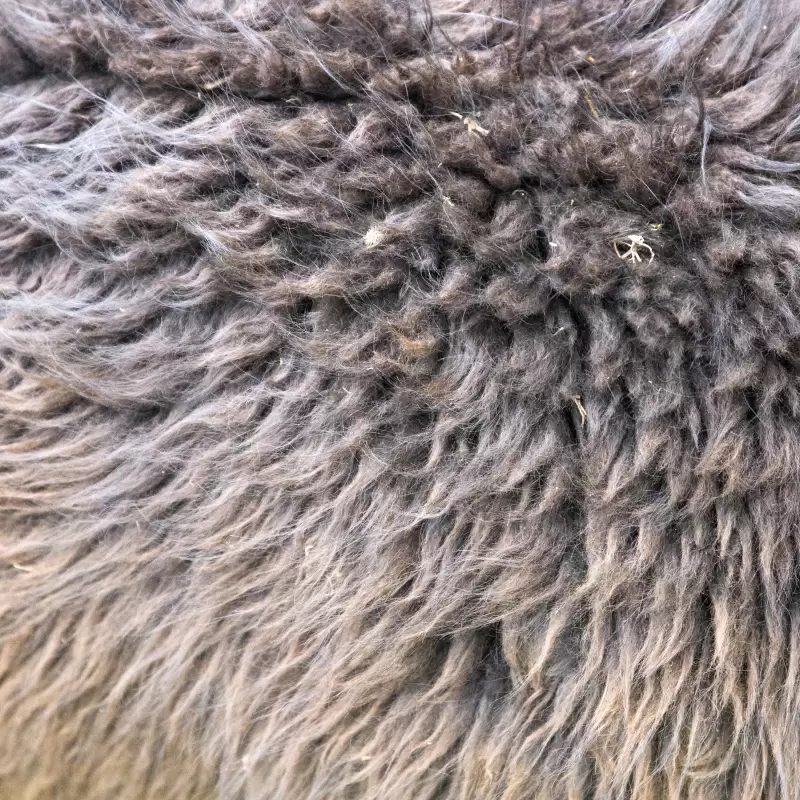
The production of wool felt
The process begins with cleaning the wool to remove impurities and plant residues. The wool is then loosened and aligned in "willowing" machines. A process called "carding" aligns the fibres parallel to each other and processes them into a fleece. In a "hardener" machine, the wool fleeces are pressed under steam and pressure, causing the fibres to felt together and form a cohesive material. The felt material then undergoes further processes such as fulling, washing, possibly dyeing, drying and pressing to achieve the desired density and quality.
Preparation and cleaning
The production of wool felt begins with the careful selection and preparation of the wool. Merino wool is particularly popular due to its fineness and softness. Firstly, the wool is cleaned to remove grease and impurities. This step is crucial to ensure a consistent quality of the end product.
Carding and web formation
After cleaning, the wool is carded to untangle the fibres and align them in parallel. This process creates a fluffy fleece that forms the basis for the felt. Several layers of this fleece are laid on top of each other to achieve the desired thickness of the felt.
Matting
In the next step, the fleece is subjected to a process that combines heat and moisture to felt the wool. Pressure and movement cause the wool fibres to interlock and form a dense, firm felt. This process can be carried out using various methods such as pressing or rolling to achieve the desired density and strength.
Properties & applications of wool felt
Wool felt is characterised by a number of valuable properties that make it attractive for various applications:
Durability: Wool felt is a strong and durable material that is resistant to moisture and does not shrink or stretch easily.
Versatility: Wool felt can be dyed and moulded into almost any shape, making it suitable for a wide range of applications.
Sustainability: As a renewable resource, wool felt is biodegradable and therefore an environmentally friendly alternative to synthetic materials.
Wool felt, especially merino wool, is known for its durability, excellent dyeability, flame and compression resistance as well as its thermal and acoustic insulation properties. These properties make it ideal for high-quality clothing, technical sports equipment, design elements and much more.
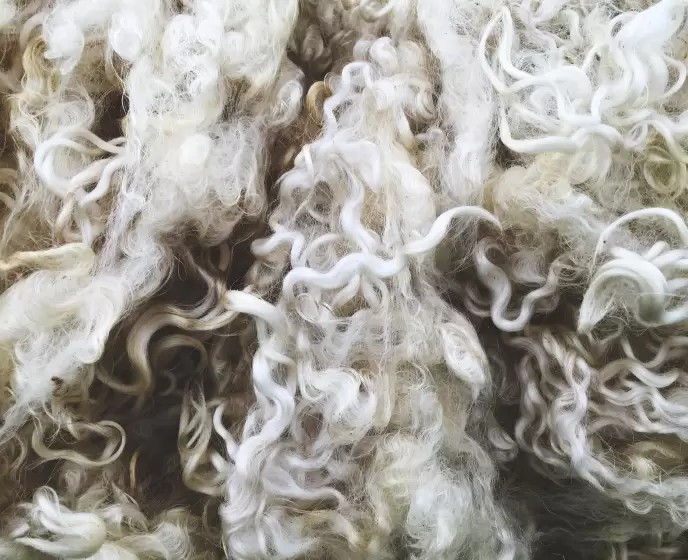
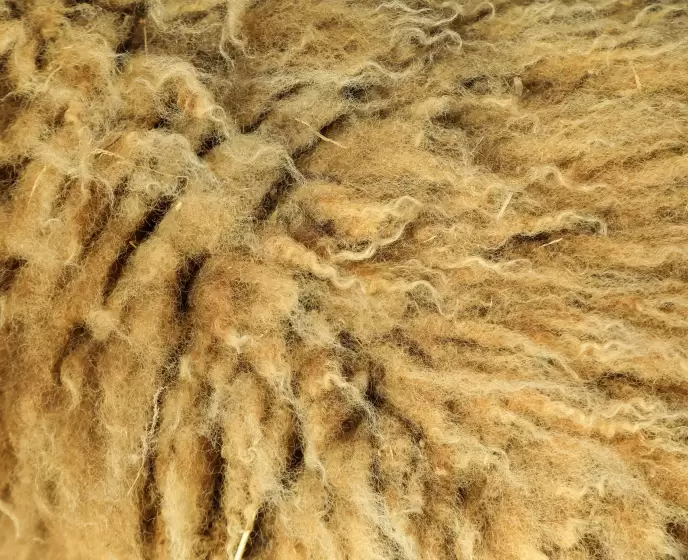
Producing synthetic felt
Synthetic felt is used in craft projects, packaging materials and in industrial applications where the natural properties of wool felt are not required.
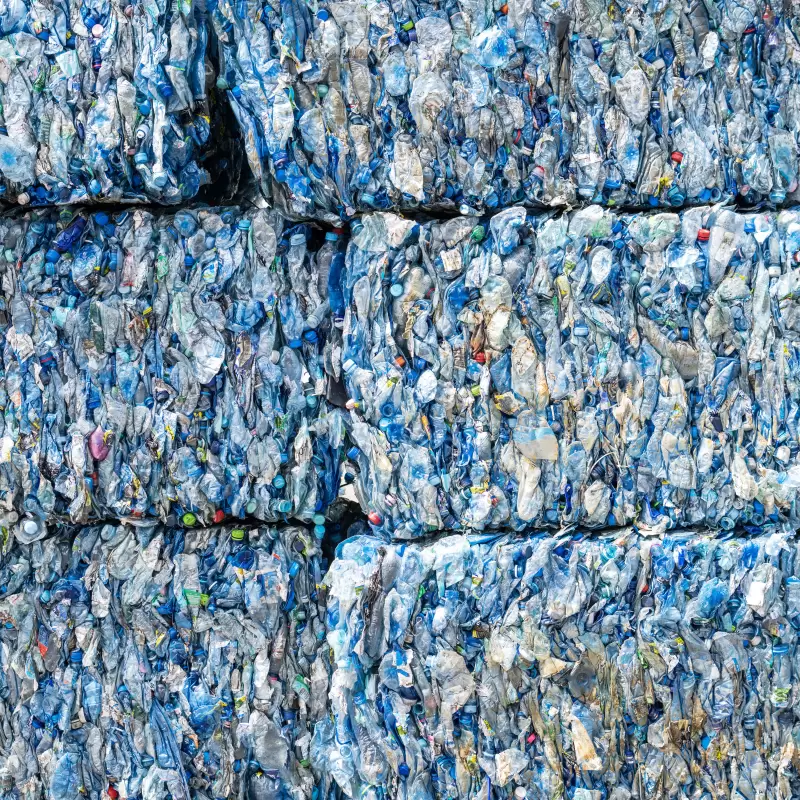
Properties and application Synthetic felt
Synthetic felt is often made from acrylic or recycled PET (e.g. plastic bottles). These materials are processed into nonwovens and turned into felt in a similar way to wool felt using various mechanical processes. Synthetic felt is often cheaper than wool felt, but does not have the same natural properties such as fire resistance or moisture resistance.
Manufacture
Synthetic felt is often made from fibres such as polyester or nylon. The process is similar to that of wool felt production, whereby the synthetic fibres are felted into a dense and durable material. Synthetic fibres offer additional properties such as colour fastness and washability.
Advantages
Synthetic felt is often cheaper than wool felt and offers a greater variety of colours and textures. It is also often more resistant to external influences such as moisture and abrasion, which makes it particularly attractive for certain industrial applications.
Applications
Synthetic felt is used in handicrafts, as packaging material and for industrial applications where the natural properties of wool felt are not required.
